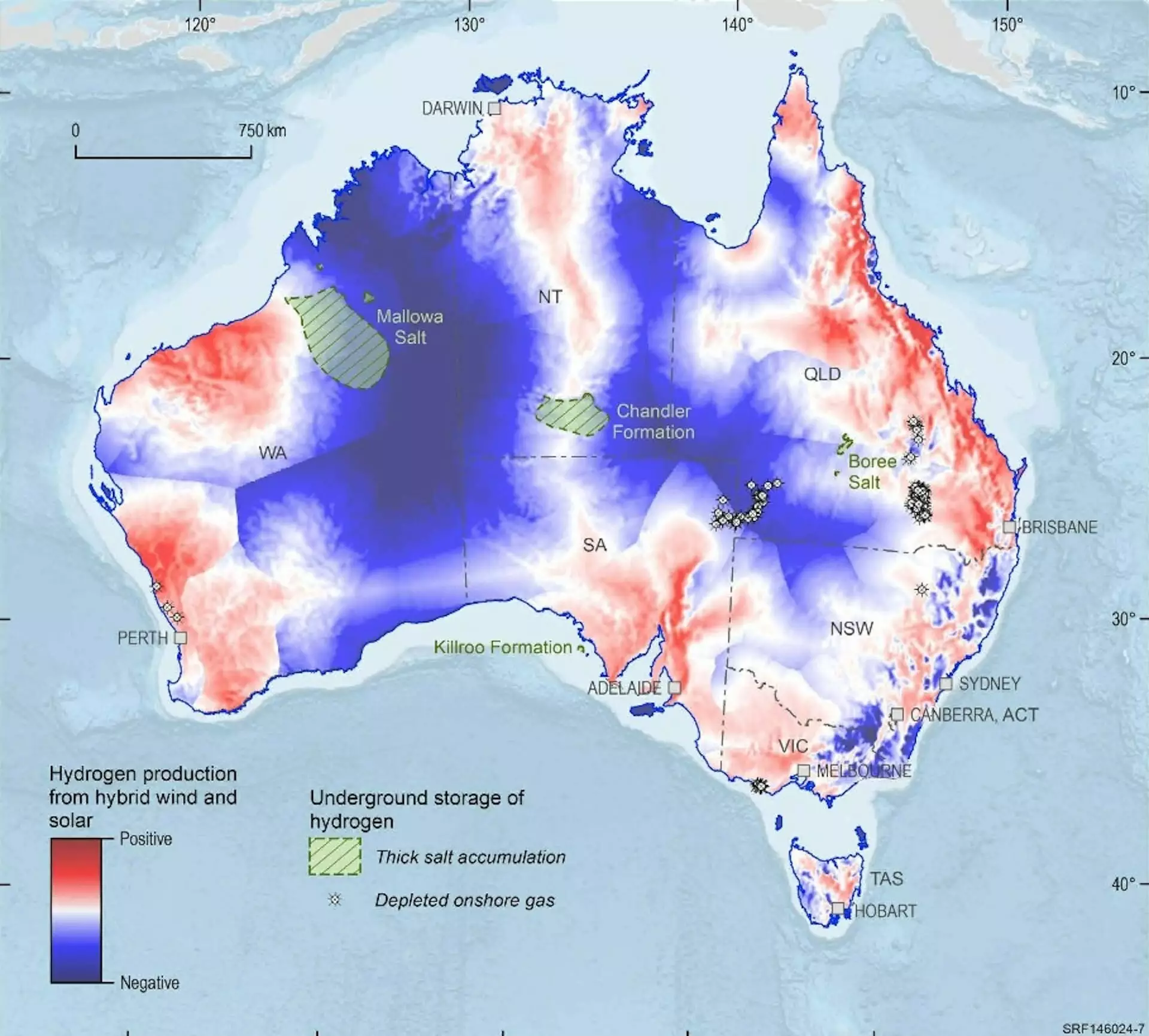Australia’s commitment to achieving net-zero emissions is underscored in the newly released National Hydrogen Strategy. With climate change presenting an urgent global challenge, the Australian government recognizes that hydrogen is a key player in facilitating this transition. The vision set forth by Federal Climate Change and Energy Minister Chris Bowen is not merely about environmental responsibility; it’s also about boosting the economy through advancements in low-emissions technologies. By positioning itself as a leader in the hydrogen sector, Australia aims to tap into a burgeoning global market, thus ensuring economic resilience while addressing climate concerns.
The strategic shift from the original 2019 hydrogen strategy, which was crafted under the auspices of then Chief Scientist Alan Finkel, illustrates how rapidly evolving circumstances necessitate adjustments in policy frameworks. While the previous strategy laid foundational concepts, this new approach responds to critiques and shifting market dynamics. However, significant ambiguities still haunt this new iteration, including its alignment with existing regulations and the potential pitfalls of public funding for ventures that may ultimately be nonviable.
Hydrogen, being the most abundant element in the universe, holds remarkable potential for various applications. It’s widely recognized for its utility in producing fertilizers, plastics, and explosives, although its future could see a broader application range, particularly in the zero-emissions landscape. Green hydrogen — produced via renewable energy sources through the electrolysis of water — is being championed as a sustainable alternative to fossil fuels in critical industries such as steel production and chemical manufacturing.
Despite its promise, however, the establishment of a robust green hydrogen economy in Australia faces substantial obstacles. The present cost of producing green hydrogen is not competitive enough to attract mainstream adoption. To tackle this challenge, the strategy delineates ambitious production targets: aiming for 500,000 metric tons annually by 2030, escalating to a staggering 15 million metric tons by 2050. Additionally, ‘stretch targets’ suggest even higher production levels. Attaining these goals will mandate an expansion of the customer base for hydrogen-generated products and services, which, while challenging, is not impossible if well-executed.
Prior targets, such as the Coalition government’s ambitious aim to sell hydrogen at less than $2 per kilogram, have been discarded in favor of more pragmatic and achievable goals. The original pricing target ignored the fact that hydrogen’s storage and transport are inherently costly, thus revealing a significant gap in understanding the real impacts of new technologies. Striking a balance between setting optimal production targets and ensuring they remain realistic will be pivotal to this national strategy’s success.
Additionally, the strategy identifies strategic industries where hydrogen can be critically deployed, notably iron, alumina, and ammonia production. The approach underscores a methodical understanding of hydrogen’s capabilities, while also recognizing its limitations — particularly in applications like passenger vehicles, where electric cars have gained a definitive edge.
The Future of Hydrogen Exports
A notable evolution from the earlier strategy is the shift in perspective regarding export markets. Historically focused on Asian buyers, the current landscape sees Europe emerging as a primary consumer for green hydrogen. Partnerships are being formed, such as Australia’s anticipated deal with Germany valued at A$660 million, reflecting changing dynamics in international hydrogen demand. However, hurdles remain, primarily in the logistics of transporting this volatile fuel, prompting calls for Australia to focus on converting hydrogen into more manageable products, like green iron.
While the strategy does not entirely dismiss exports, it advocates for the development of local industries to harness hydrogen domestically. The delicate balance of fostering export potential while nurturing local growth is central to a sustainable hydrogen economy.
Crucially, any successful hydrogen strategy must extend beyond the technical and economic domains to include community engagement and safety considerations. The fear of explosions and environmental issues surrounding hydrogen usage underscores the need for public acceptance. The new strategy aims to address these concerns by emphasizing community benefits like job creation and improved regional economies, while also ensuring the voices of First Nations people are appropriately consulted.
Financial instruments, such as the Hydrogen Headstart grants program, have been introduced to foster investment in this sector. Nevertheless, skepticism remains about whether these incentives will effectively promote businesses focusing on viable hydrogen technologies, rather than those flirting with high-risk, low-reward prospects.
Ultimately, this strategy faces closer scrutiny over the next decade, with success metrics hinging on tangible developments — from securing financing for projects to establishing multi-year contracts for hydrogen supply. As the government prepares for a strategy review in 2029, the path ahead must be carefully navigated; failure to show substantial progress could lead Australia to rethink its ambitious hydrogen aspirations in a rapidly evolving global context.


Leave a Reply